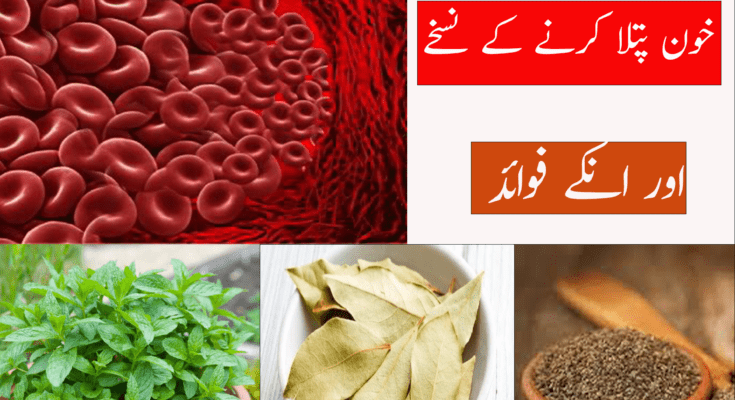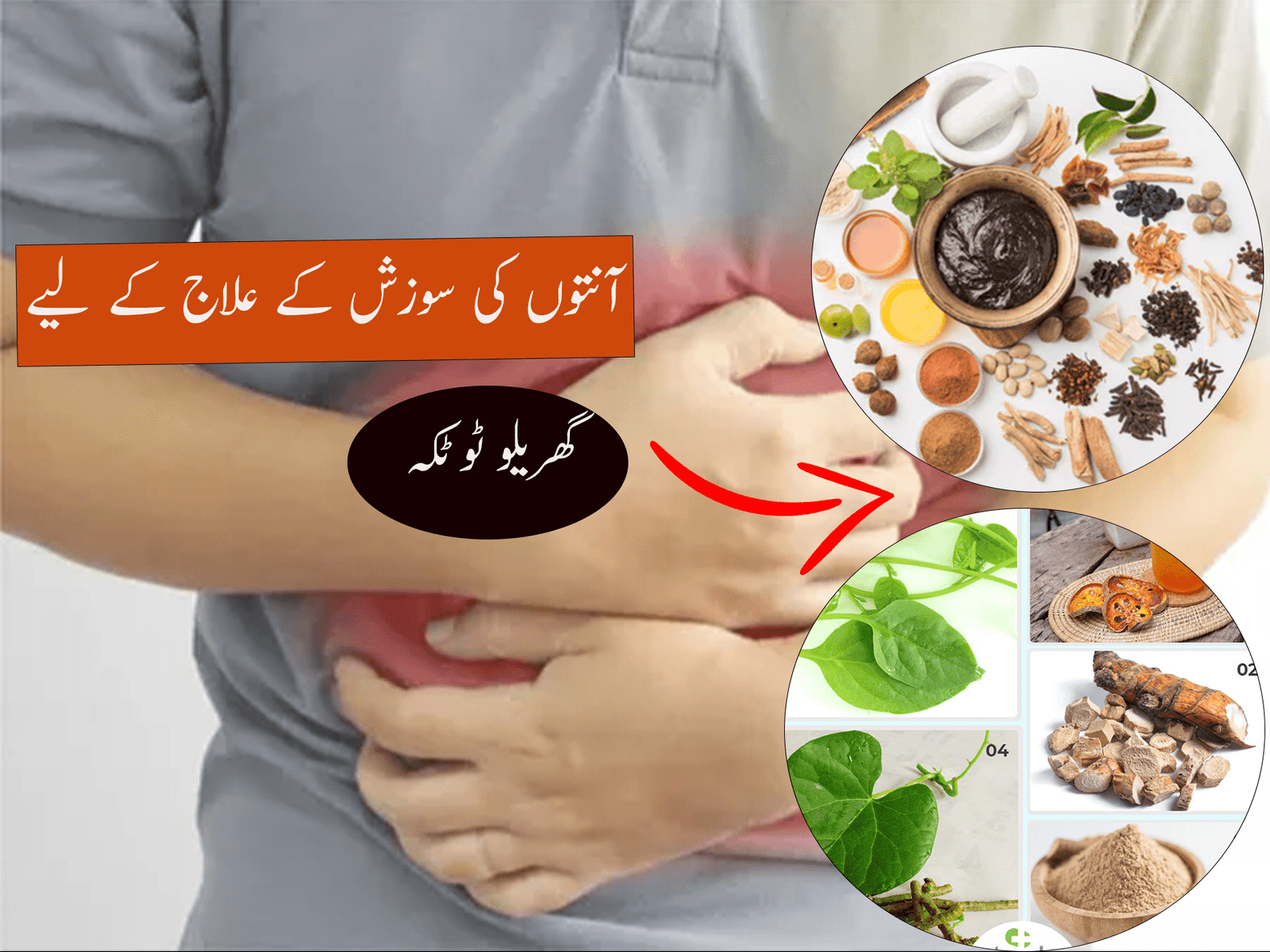Understanding Blood Thinning Prescriptions and Effective Remedies
Blood thinning prescriptions are a critical component of modern medicine, aiding individuals with various health conditions. This article delves into the world of blood thinners, offering insights into their significance and presenting alternative remedies. Let’s explore how these prescriptions work and discover some natural alternatives for those seeking different approaches to managing their health.
The Significance of Blood Thinning Prescriptions
Maintaining Cardiovascular Health
One of the primary purposes of blood thinning prescriptions is to maintain cardiovascular health. Conditions like atrial fibrillation and deep vein thrombosis often require blood thinners to prevent blood clots that could lead to severe complications, such as strokes or pulmonary embolisms.
Post-Surgical Care
Blood thinners are also prescribed after surgeries, especially orthopedic procedures like joint replacements, to prevent the formation of blood clots. These medications help ensure a smooth recovery process and reduce the risk of post-operative complications.

Treating Chronic Conditions
Individuals with chronic conditions like thrombophilia or antiphospholipid syndrome may rely on blood thinners to manage their health effectively. These prescriptions can prevent clot formation and alleviate symptoms associated with these conditions.
Types of Blood Thinning Prescriptions
Several types of blood thinning medications are available, each with its unique mechanism of action and considerations:
Anticoagulants
Anticoagulants, such as warfarin and heparin, are commonly prescribed to prevent blood clots. They work by interfering with the body’s clotting process, making it harder for clots to form.
Antiplatelet Drugs
Antiplatelet drugs like aspirin and clopidogrel target platelets in the blood, reducing their ability to stick together and form clots. These are often used for cardiovascular conditions.
Direct Thrombin Inhibitors
Direct thrombin inhibitors like dabigatran directly inhibit thrombin, a protein critical for blood clot formation. They are used for various conditions, including atrial fibrillation.
Remedies Beyond Prescriptions
While blood thinning prescriptions are essential for many individuals, some may seek alternative remedies or complementary approaches to managing their health. Here are some natural alternatives and lifestyle modifications that can contribute to blood thinning:
Dietary Changes
Incorporating foods with natural anticoagulant properties into your diet can be beneficial. Examples include garlic, ginger, and turmeric. These ingredients contain compounds that may help prevent clot formation.
Regular Exercise
Maintaining an active lifestyle can improve blood circulation, reducing the risk of clot formation. Engaging in activities like walking, swimming, or yoga can be helpful.
Hydration
Staying adequately hydrated ensures that blood flows smoothly through your veins. Dehydration can make blood thicker and more prone to clotting.
Omega-3 Fatty Acids
Consuming foods rich in omega-3 fatty acids, such as fatty fish (salmon, mackerel, and trout), flaxseeds, and walnuts, may help reduce the risk of clot formation.
Consulting a Healthcare Professional
It’s crucial to consult with a healthcare professional before making any significant changes to your medication or lifestyle. They can provide personalized guidance based on your specific health needs.
Conclusion
blood thinning prescriptions play a vital role in managing various health conditions, particularly those related to clot formation. Understanding the different types of medications available and considering natural remedies can help individuals make informed decisions about their health. Always consult with a healthcare provider for the most appropriate approach to managing your condition.







